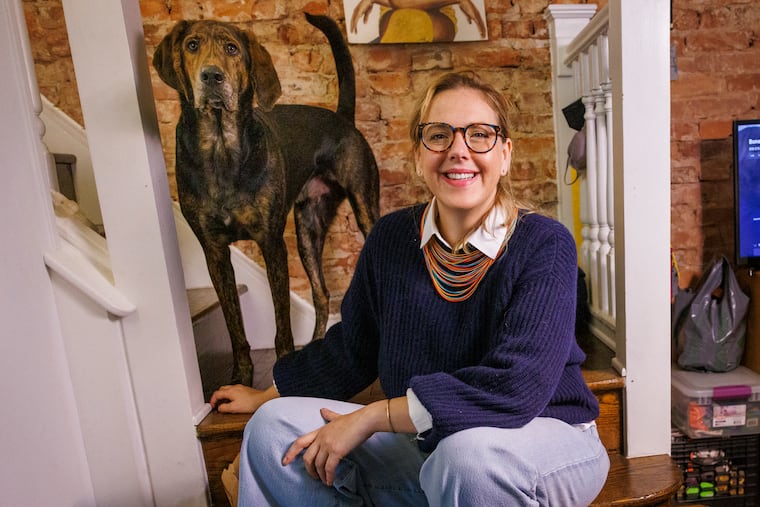I was in foster care. Now I fight for kids like me.
In Pennsylvania, approximately 15,000 kids are living in foster care. My sister taught me how to fight for my rights when in foster care. I've dedicated my career to doing the same for others.

In Pennsylvania, approximately 15,000 kids are living in foster care. My sister taught me how to fight for my rights when in foster care. I've dedicated my career to doing the same for others.
